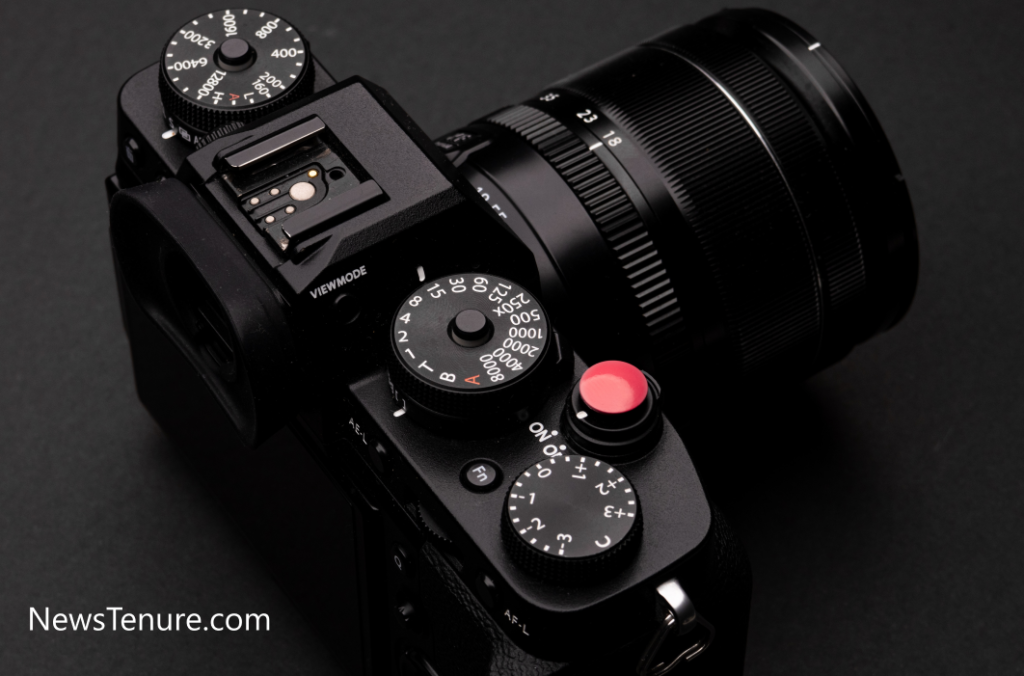Digital cameras have revolutionized the way we capture and preserve moments, offering advanced features and superior image quality. While digital cameras may seem complex, understanding their fundamental workings can help users make the most of their capabilities. In this article, we will decode the basics of digital cameras, exploring key components, settings, and techniques that contribute to capturing stunning photographs.
Understanding Image Sensors:
At the heart of every digital camera lies the image sensor, which converts light into electrical signals to capture photographs. The two primary types of image sensors found in digital cameras are CCD (Charge-Coupled Device) and CMOS (Complementary Metal-Oxide-Semiconductor). CCD sensors provide excellent image quality but consume more power, while CMOS sensors are more energy-efficient and offer better noise control.
Resolution and Megapixels:
Resolution plays a crucial role in determining the level of detail captured by a digital camera. It is often measured in megapixels, where each megapixel represents one million pixels. Higher megapixel counts generally result in sharper and more detailed images. However, it’s important to note that megapixels alone do not define image quality, as factors like sensor size, lens quality, and image processing also contribute to the overall result.
Optical Zoom and Digital Zoom:
Digital cameras often feature zoom capabilities to bring subjects closer. Optical zoom refers to physically adjusting the camera’s lens to magnify the image, resulting in higher-quality zoomed-in photos. On the other hand, digital zoom enlarges the image digitally by cropping and interpolating pixels. While digital zoom can be useful in certain situations, it often results in a loss of image quality.
Exploring Shooting Modes:
Digital cameras offer various shooting modes to suit different environments and subjects. Some common modes include:
Auto Mode: Ideal for beginners, this mode automatically adjusts settings like exposure, focus, and white balance based on the camera’s analysis of the scene.
Manual Mode: Advanced users can take full control over settings, such as aperture, shutter speed, and ISO, to achieve the desired exposure and creative effects.
Portrait Mode: This mode optimizes settings to capture subjects with a shallow depth of field, blurring the background and keeping the focus on the subject.
Landscape Mode: Designed for capturing expansive scenes, this mode enhances depth of field and adjusts settings for vivid colors and sharp details.
Mastering Exposure
Exposure is a crucial aspect of photography, determining how light or dark an image appears. It is controlled through three key parameters:
Aperture: The adjustable opening in the lens that regulates the amount of light entering the camera. A wider aperture (lower f-number) allows more light and creates a shallow depth of field, while a narrower aperture (higher f-number) results in a larger depth of field.
Shutter Speed: The duration of time that the camera’s shutter remains open. Fast shutter speeds freeze motion, while slower speeds create motion blur. Adjusting the shutter speed also affects the amount of light reaching the image sensor.
ISO Sensitivity: The camera’s sensitivity to light. Higher ISO settings allow for capturing images in low-light conditions, but they also introduce digital noise or graininess.
Post-Processing and Editing
After capturing photos, digital cameras allow users to transfer the images to a computer for post-processing and editing. Software programs like Adobe Photoshop and Lightroom offer a wide range of tools for enhancing colors, adjusting exposure, cropping, and applying various creative effects. Post-processing can significantly enhance the final result and unleash the full potential of digital images.
Image Processing and Compression:
Digital cameras process images before storing them on the memory card. This includes applying adjustments to color, contrast, sharpness, and noise reduction. The camera’s image processing algorithms play a significant role in determining the final appearance of the photograph. Additionally, to save storage space, images are often compressed using formats like JPEG (Joint Photographic Experts Group). However, it’s important to note that compression can lead to some loss of image quality due to the removal of certain details.
White Balance:
White balance is a critical setting in digital cameras that ensures accurate color representation in photographs. Different light sources have varying color temperatures, which can result in a color cast on images. The white balance setting allows users to adjust the camera’s interpretation of white, compensating for different lighting conditions such as daylight, incandescent light, fluorescent light, or cloudy conditions. Setting the correct white balance ensures that colors appear natural and true to life.
Focusing Techniques:
Digital cameras employ various focusing techniques to ensure sharp and clear images. Autofocus (AF) systems use sensors or contrast detection to automatically adjust the focus based on the subject’s distance and contrast. Some cameras also offer manual focus options for precise control over focusing. Advanced cameras may feature additional focus modes like continuous autofocus for moving subjects or face detection for portrait photography.
Metering Modes:
Metering modes determine how the camera measures and evaluates the light in a scene to determine the exposure settings. Common metering modes include:
Evaluative (or Matrix) Metering: The camera evaluates the light across the entire frame, considering multiple factors to determine the exposure settings.
Center-Weighted Average Metering: The camera assigns greater importance to the central portion of the frame, averaging the light readings for exposure calculations.
Spot Metering: The camera meters the light from a small, specific area in the frame, typically the center spot, providing precise exposure control for specific subjects.
Partial Metering: Similar to spot metering, but with a slightly larger metering area, typically covering around 10-15% of the frame.
These metering modes allow photographers to adapt to different lighting situations and ensure accurate exposure for their desired subjects.
Composition and Framing:
Beyond technical settings, understanding composition and framing principles is crucial for capturing compelling photographs. Composition involves arranging the elements within the frame to create visually pleasing and impactful images. Concepts like the rule of thirds, leading lines, symmetry, and balance help photographers create a sense of harmony and draw viewers’ attention to specific areas of the photograph. Exploring different angles, perspectives, and focal lengths can also add depth and creativity to the final image.
Experimentation and Practice:
Becoming proficient in decoding and utilizing digital cameras requires practice and experimentation. Understanding the technical aspects of the camera and its settings is essential, but it’s equally important to explore creative possibilities, try different techniques, and develop a personal style. Experimentation with various settings, lighting conditions, and subject matters allows photographers to push the boundaries and develop their skills.
Conclusion:
Decoding digital cameras goes beyond understanding their basic components and settings. It involves exploring the technical aspects, mastering exposure, grasping image processing and compression, and honing composition skills. With practice, experimentation, and a solid foundation in the fundamentals, photographers can unlock the full potential of their digital cameras and capture stunning and memorable photographs. Remember, the journey of decoding digital cameras is an ongoing process, and continuous learning and exploration will lead to continued growth and improvement in your photography skills.
Decoding the world of digital cameras empowers users to make informed decisions and capture stunning photographs. Understanding the key components, settings, and shooting techniques allows photographers to optimize their cameras.




